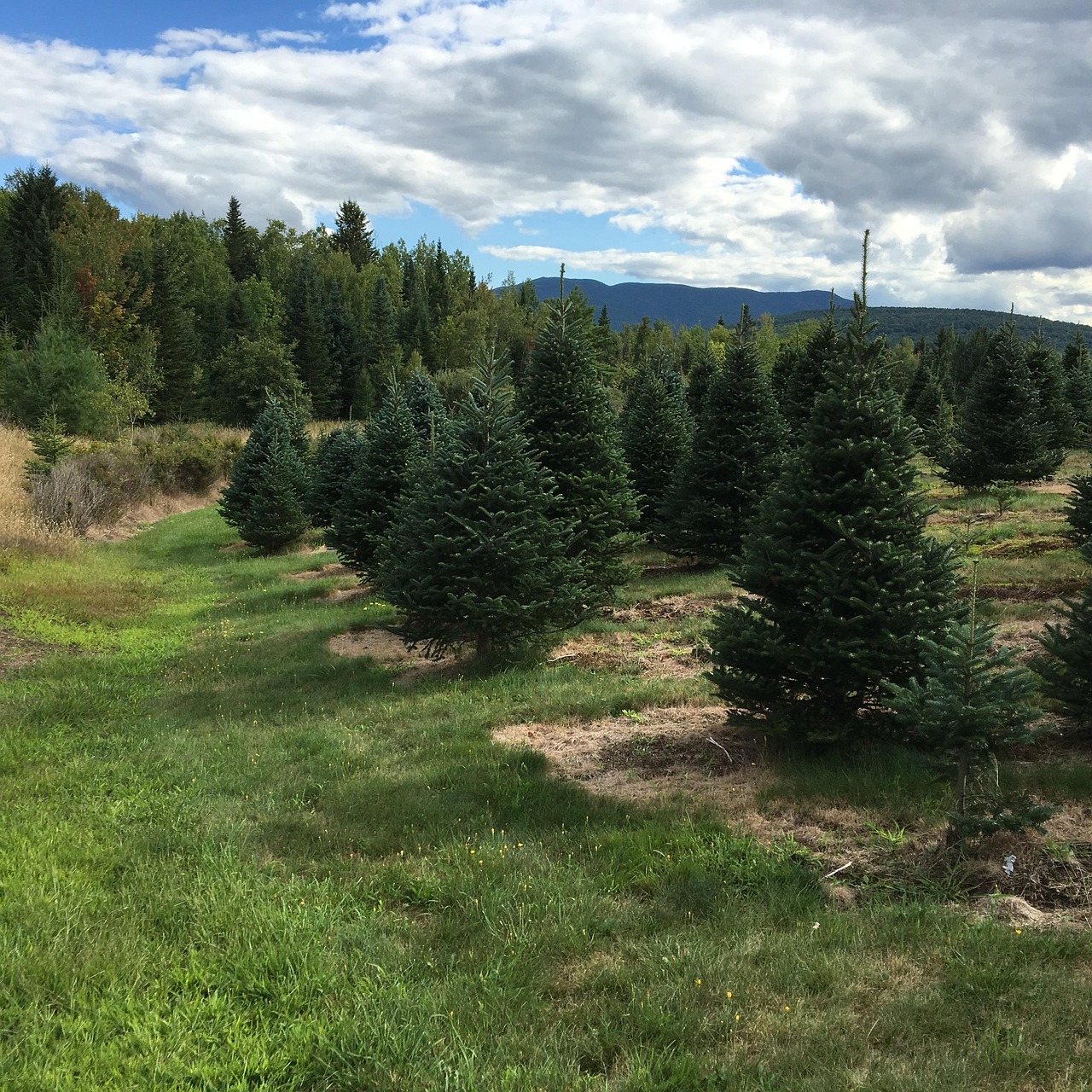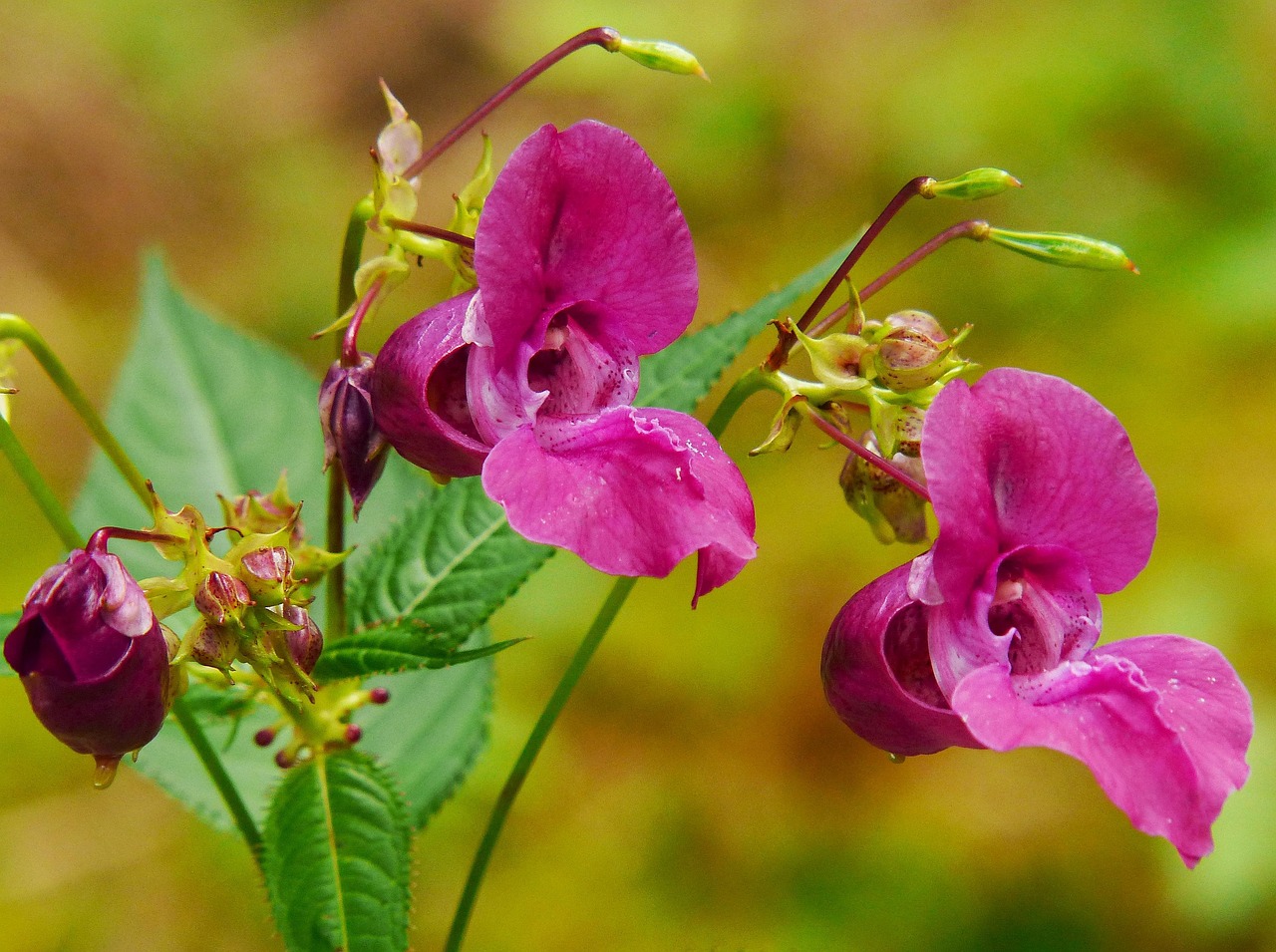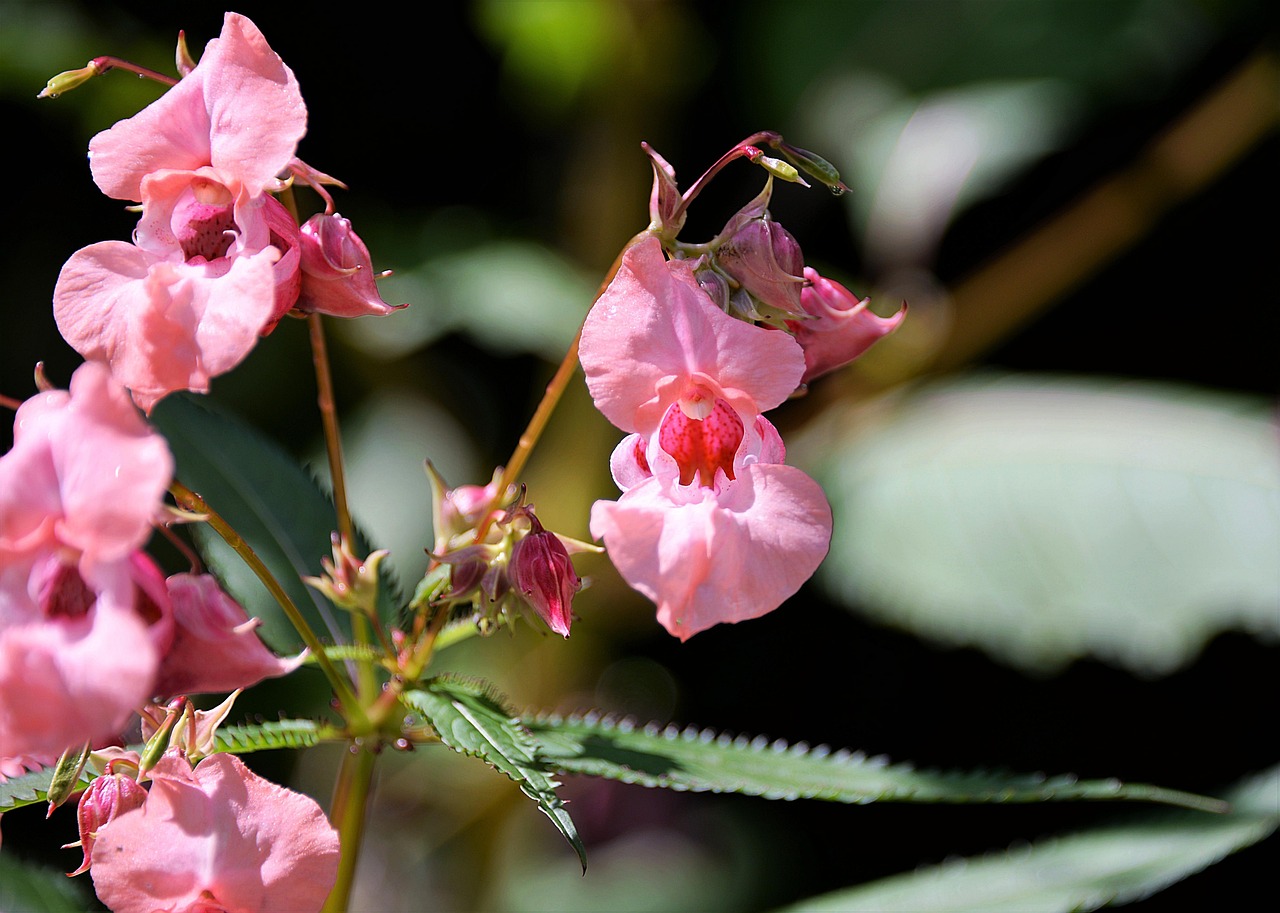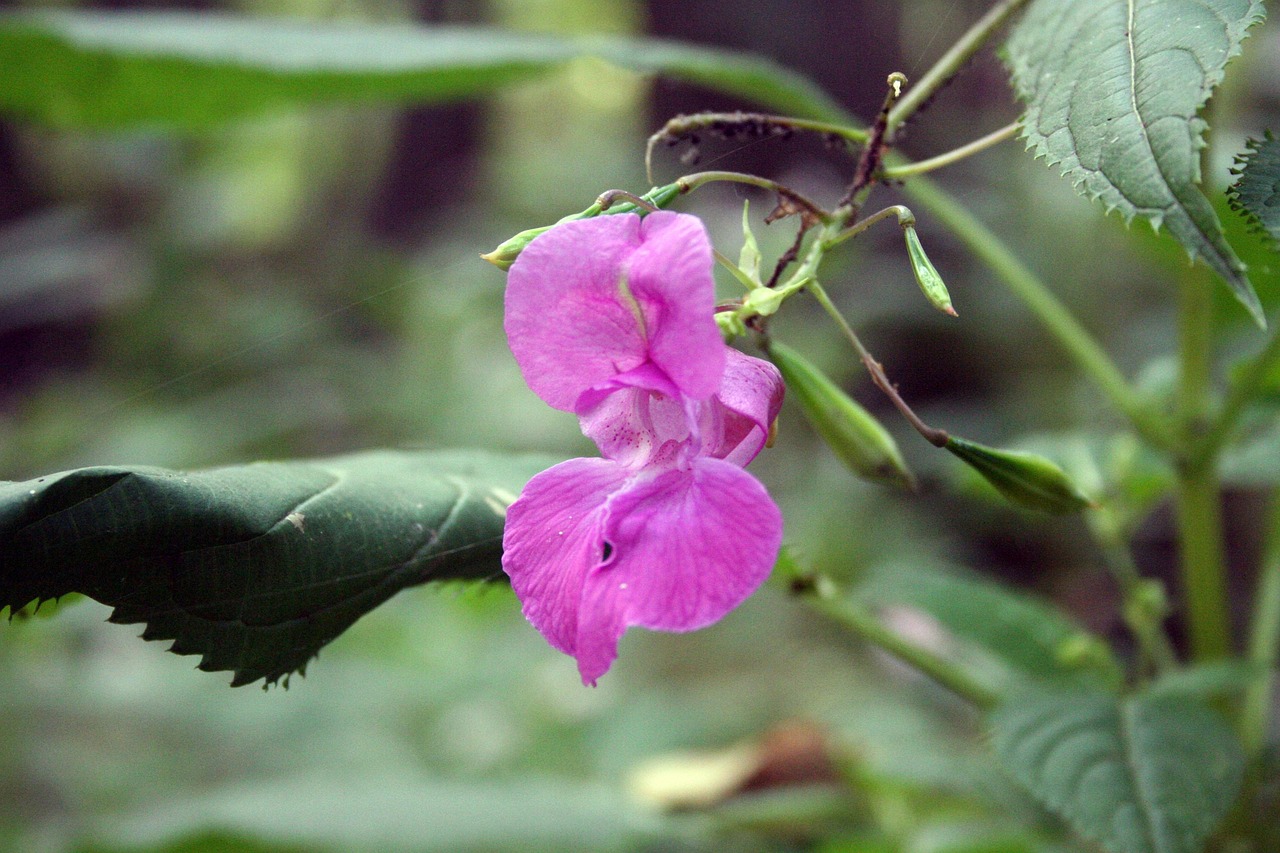Various animals feed on balsam fir trees, including deer, moose, squirrels, and certain species of insects. The tree’s needles, bark, and buds provide essential nutrients for these animals, especially during harsh winter months.
Introduction to Balsam Fir Trees
Balsam fir trees (Abies balsamea) are evergreen conifers native to North America. They are commonly found in the northeastern United States and Canada. These trees thrive in cooler climates, often growing in dense forests where they contribute significantly to the ecosystem.

Balsam firs can reach heights of 40 to 60 feet. They have a conical shape and are characterized by their flat, soft needles that are dark green on top and a lighter green underneath. The trees also produce distinctive resinous cones that hang downwards. This unique structure makes them an essential part of their habitat.
Understanding what animals depend on balsam fir trees is crucial for appreciating the biodiversity of forest ecosystems. These trees not only provide shelter but also serve as a food source for various wildlife species. The following sections will explore the different animals that feed on balsam fir trees and their interactions with this vital plant.
Animals That Feed on Balsam Fir Trees
Several animals rely on balsam fir trees for food. Each species has its own unique way of extracting nourishment from these trees. Below are some key animals that feed on various parts of the balsam fir:

- Deer: White-tailed deer consume the shoots and bark of balsam fir trees, especially in winter when other food sources are scarce.
- Moose: Moose are known to strip the bark from young balsam firs. They also eat the leaves and twigs, which provide them with essential nutrients.
- Squirrels: Red and gray squirrels enjoy nibbling on the seeds found within the cones. They play a significant role in seed dispersal.
- Insects: Various insects, like bark beetles and aphids, feed on the sap and bark of balsam firs, potentially harming the trees.
Importance of Balsam Fir Trees in Ecosystems
Balsam fir trees play an essential role in forest ecosystems. They provide habitat and food for many animal species. Additionally, these trees contribute to soil stability and help maintain water quality in their environment.
The presence of balsam firs can influence the types of wildlife found in an area. Their dense foliage offers shelter for birds and small mammals. In turn, these animals contribute to seed dispersal and the overall health of the forest.
Nutritional Value of Balsam Fir Parts
The different parts of the balsam fir tree offer various nutritional benefits for animals:

| Part of Tree | Nutritional Value | Animals that Feed on This Part |
|---|---|---|
| Needles | Rich in Vitamin C | Squirrels, deer |
| Bark | High in carbohydrates | Moose, deer |
| Cones | Source of seeds | Squirrels, birds |
| Twigs and Shoots | Contains proteins and minerals | Moose, deer |
The nutritional value of these tree parts highlights their importance in the diet of various animals. As a result, balsam firs are not just vital for the health of individual species but also for the entire forest ecosystem.
Human Interaction with Balsam Fir Trees
Humans have long valued balsam firs for their beauty and utility. They are commonly used as Christmas trees due to their appealing fragrance and shape. Additionally, their wood is prized for construction and crafting purposes. However, this interaction can sometimes threaten the natural populations of animals that depend on these trees.
Conservation efforts are necessary to ensure that both balsam fir trees and the wildlife that depends on them thrive together in their natural habitats. Understanding the interconnectedness of species within an ecosystem is vital for maintaining balance and health in forest environments.
Ecological Interactions Involving Balsam Fir Trees
Balsam fir trees play a critical role in their ecosystems, not just as a food source but also as a habitat and a facilitator of ecological interactions. Many species, from mammals to birds and insects, interact with these trees in various ways. Understanding these relationships sheds light on the importance of balsam firs in forest dynamics.

Bird Species That Depend on Balsam Fir Trees
Several bird species rely on balsam firs for shelter, nesting sites, and food. The dense foliage of these trees offers protection from predators while providing access to food sources such as seeds and insects. Some key bird species associated with balsam firs include:
- Chickadees: These small birds often forage among the needles for seeds and insects.
- Woodpeckers: Species like the Downy Woodpecker use the bark to find insects hiding beneath the surface.
- Crossbills: These birds have specialized bills that help them extract seeds from the cones.
- Warblers: Various warbler species use balsam firs for nesting and feeding on insects.
The presence of these birds not only enriches the ecosystem but also helps control insect populations that can harm the trees. This interdependence illustrates how different species contribute to the health of balsam fir forests.
Insect Herbivores and Their Impact
Insect herbivores are crucial players in the ecosystem surrounding balsam fir trees. While some insects feed on the foliage and bark, their populations need to be balanced to prevent overgrazing. Key insect species that feed on balsam firs include:
- Bark Beetles: These beetles can inflict severe damage by tunneling under the bark, disrupting nutrient flow.
- Aphids: They feed on the sap, leading to weakened trees and potential disease transmission.
- Needle Miners: These larvae live inside the needles, causing them to become discolored and drop prematurely.
While some insect activity is normal and can even benefit the ecosystem, an overabundance can lead to tree stress and mortality. Monitoring these populations is essential for maintaining healthy balsam fir forests.
Role of Balsam Fir in Soil Health
Balsam fir trees also contribute significantly to soil health. Their leaf litter and fallen needles create a unique forest floor environment. This organic matter decomposes and enriches the soil, promoting nutrient cycling. The following points illustrate how balsam firs influence soil health:
- Improved Nutrient Content: The decomposition of needles adds nitrogen and other essential nutrients back into the soil.
- Erosion Control: The root systems of balsam firs help stabilize soil, preventing erosion during heavy rains.
- Microbial Activity: The organic matter fosters beneficial microbial communities that aid in nutrient absorption for other plants.
This healthy soil environment supports a diverse range of plant species, further enhancing biodiversity in balsam fir forests. It becomes a nurturing ground for seedlings and other forest flora.
Interactions with Other Tree Species
Balsam fir trees do not exist in isolation; they are part of a larger forest community. Their interactions with other tree species can influence growth patterns and biodiversity in the area. Some common interactions include:
- Competition for Resources: Balsam firs compete with other conifers like spruce and pine for sunlight, water, and nutrients.
- Mutual Benefits: Certain tree species may provide shade or protect young balsam firs from harsh weather conditions.
- Diversity Promotion: Mixed-species forests tend to be more resilient to pests and diseases than monocultures.
The relationships between balsam firs and other tree species are essential for maintaining healthy forest ecosystems. They help create a balanced environment that fosters growth and resilience against external threats.
The Influence of Climate Change on Balsam Fir Forests
Climate change poses significant challenges to balsam fir forests. As temperatures rise and weather patterns shift, these trees may face increased stress from pests, diseases, and environmental changes. Some potential impacts include:
- Pest Outbreaks: Warmer temperatures can lead to more frequent pest infestations, threatening tree health.
- Altered Growth Patterns: Changes in precipitation could affect water availability, transforming growth rates.
- Habitat Loss: As climate zones shift, some balsam fir populations may struggle to survive in altered conditions.
Understanding these potential impacts is vital for developing conservation strategies to protect balsam fir trees and the wildlife that depends on them. Adapting management practices can help mitigate some of these effects and promote resilience in these ecosystems.
Conservation Efforts for Balsam Fir Ecosystems
As awareness grows regarding the importance of balsam fir trees in forest ecosystems, various conservation efforts have emerged. These initiatives aim to protect not only the trees themselves but also the wildlife that depends on them. Effective conservation requires a multifaceted approach that addresses environmental, social, and economic factors.
Protected Areas and Reserves
Establishing protected areas is one of the most effective strategies for conserving balsam fir forests. National and state parks, as well as wildlife reserves, play a crucial role in preserving natural habitats. These areas offer a safe haven for various species and prevent habitat destruction from urban development and logging.
Some key benefits of protected areas include:
- Biodiversity Preservation: Protected areas help maintain diverse plant and animal populations by providing undisturbed habitats.
- Research Opportunities: These regions allow scientists to study ecosystems and monitor changes over time.
- Public Awareness: Parks and reserves increase public awareness of ecological issues, fostering a culture of conservation.
Sustainable Forest Management Practices
Sustainable forest management practices are essential for balancing economic needs with environmental health. These practices include selective logging, reforestation, and controlled use of resources. By implementing sustainable methods, forest managers can ensure that balsam firs and other species thrive without depleting resources.
Key sustainable practices include:
- Selective Logging: This method involves removing only certain trees while preserving the overall forest structure, allowing for continued growth of the ecosystem.
- Reforestation: Planting new trees after logging or natural disasters helps restore damaged areas and maintain biodiversity.
- Monitoring Wildlife: Regular assessments of animal populations can inform management decisions and help protect vulnerable species.
Community Involvement in Conservation
Engaging local communities in conservation efforts is vital for long-term success. Communities play an essential role in protecting balsam fir forests through education, advocacy, and direct action. Programs that involve community members can foster a sense of ownership and responsibility toward local ecosystems.
Education and Outreach Programs
Education is a powerful tool for promoting conservation awareness. Schools, non-profit organizations, and government agencies often conduct outreach programs focusing on the importance of balsam fir trees and their ecosystems. These programs may include:
- Workshops and Seminars: Educating community members about sustainable practices and the ecological value of balsam firs can inspire action.
- Field Trips: Taking students and residents into balsam fir forests helps them connect with nature and understand conservation needs.
- Volunteer Opportunities: Engaging volunteers in tree planting, monitoring wildlife, or removing invasive species fosters a hands-on approach to conservation.
Advocacy and Policy Changes
Community advocacy can lead to important policy changes that protect balsam fir forests. Grassroots movements often raise awareness about environmental issues and push for legislation aimed at conservation. Involvement in local governance can help ensure that policies favor ecological sustainability over short-term economic gains.
Effective advocacy efforts may include:
- Petitions: Gathering signatures to support conservation initiatives can influence local or national policies.
- Public Meetings: Attending or organizing meetings with local officials to discuss the importance of preserving balsam fir habitats.
- Collaboration with NGOs: Partnering with non-governmental organizations can strengthen advocacy efforts by leveraging their resources and expertise.
The Role of Research in Conservation
Research plays a critical role in understanding the dynamics of balsam fir ecosystems. Scientists study various aspects of these forests to identify trends, threats, and opportunities for effective management. Collaborative research efforts involving universities, government agencies, and conservation groups can provide valuable insights.
Key Areas of Research Focus
A few key research areas include:
- Pest Management: Studying pest populations and their impact on balsam fir health can inform management strategies to mitigate outbreaks.
- Climate Change Adaptation: Researching how balsam firs respond to changing climates can guide future conservation efforts.
- Biodiversity Studies: Understanding the relationships between various species within balsam fir forests helps assess ecosystem health.
This ongoing research is essential for developing informed policies and practices that will ensure the survival of balsam fir trees and their associated wildlife.
The Future of Balsam Fir Ecosystems
As we look to the future, the importance of preserving balsam fir ecosystems becomes increasingly clear. These trees play a crucial role in supporting wildlife, maintaining soil health, and contributing to overall forest biodiversity. However, they face numerous challenges that require immediate attention.
One significant concern is the impact of invasive species. Invasive insects, such as the spruce budworm, can devastate balsam fir populations. Effective management strategies are needed to monitor and control these pests to mitigate their effects. Additionally, climate change continues to alter the habitats where balsam firs thrive, necessitating adaptive management practices that can ensure their survival.
Importance of Community Engagement
Community engagement remains vital for the conservation of balsam fir trees and their ecosystems. Local communities have the knowledge and experience necessary to contribute meaningfully to conservation efforts. By involving residents in decision-making processes, conservation programs can be more effective and sustainable.
Community-driven initiatives might include:
- Local Stewardship Programs: Encouraging residents to take part in monitoring and caring for local balsam fir forests can foster a connection between people and nature.
- Education Campaigns: Providing resources and training to local groups on sustainable practices helps empower communities to protect their natural heritage.
- Partnerships with Schools: Collaborating with educational institutions can help instill environmental values in future generations.
Innovative Conservation Techniques
Incorporating innovative conservation techniques can enhance efforts to protect balsam fir ecosystems. Technologies such as remote sensing and geographic information systems (GIS) allow for better monitoring of forest health and wildlife populations. These tools can help identify areas needing intervention and facilitate data-driven decision-making.
Some innovative strategies include:
- Remote Monitoring: Utilizing drones or satellite imagery to assess forest conditions and track changes over time.
- Habitat Restoration Projects: Implementing strategies to restore degraded areas can help bolster balsam fir populations and enhance biodiversity.
- Ecological Research Collaborations: Partnering with academic institutions to conduct research on forest dynamics fosters innovation in conservation practices.
Conclusion
Balsam fir trees are not just integral components of their ecosystems; they also support a diverse array of wildlife that depends on them for survival. Animals such as deer, moose, squirrels, and various bird species rely on these trees for food and shelter. The interactions between animals and balsam firs demonstrate the interconnectedness of species within forest ecosystems.
The threats posed by climate change, invasive species, and human activity necessitate concerted conservation efforts. Protecting balsam fir trees and their habitats requires collaboration among scientists, policymakers, local communities, and conservation organizations. Education and community engagement are essential for fostering a culture of stewardship that values these vital ecosystems.
As we move forward, embracing innovative conservation techniques alongside traditional practices will be crucial. By prioritizing research, sustainable management, and community involvement, we can work toward a future where balsam fir trees continue to thrive, supporting not only the wildlife that relies on them but also the ecological balance of our forests.
Ultimately, safeguarding balsam fir ecosystems represents a commitment to preserving biodiversity and ensuring that future generations can enjoy the beauty and benefits of these magnificent trees.
